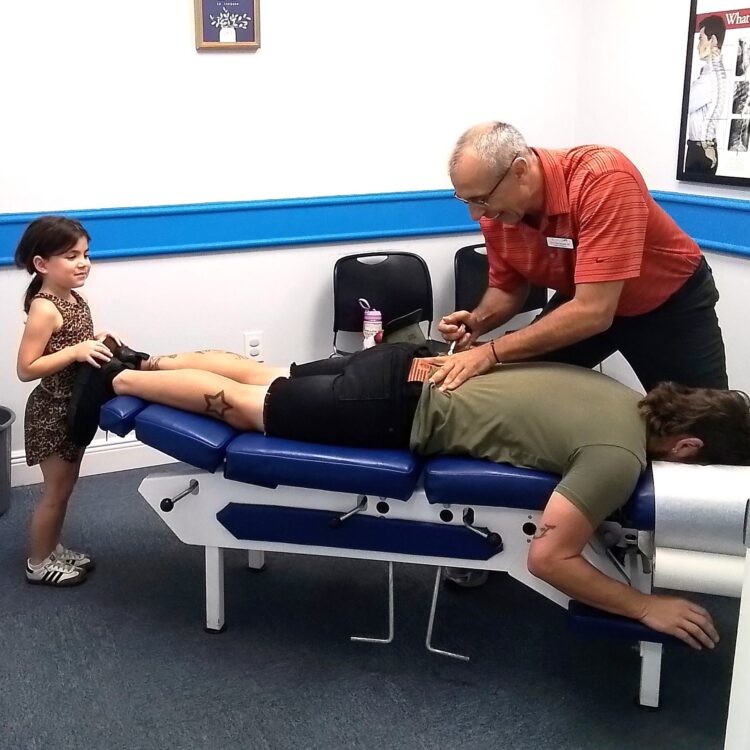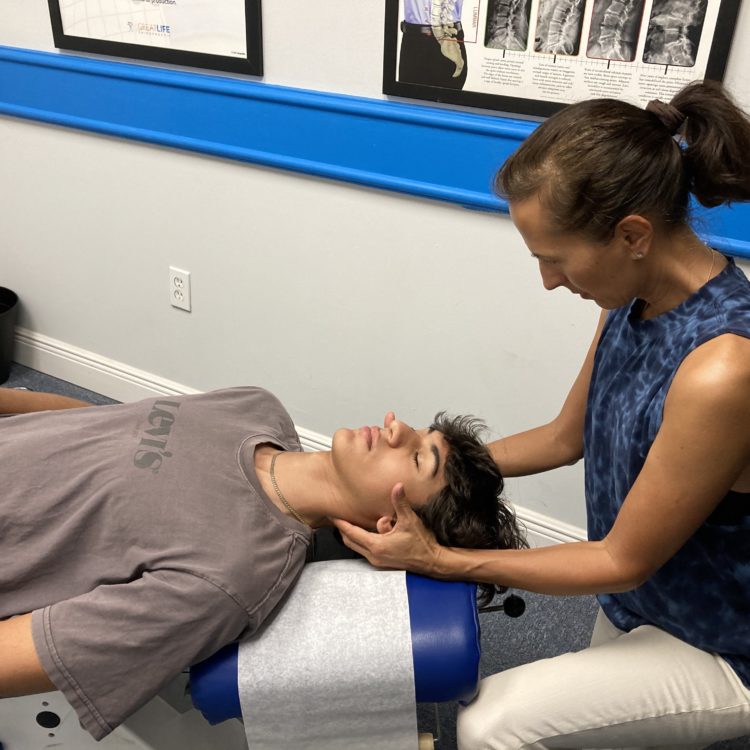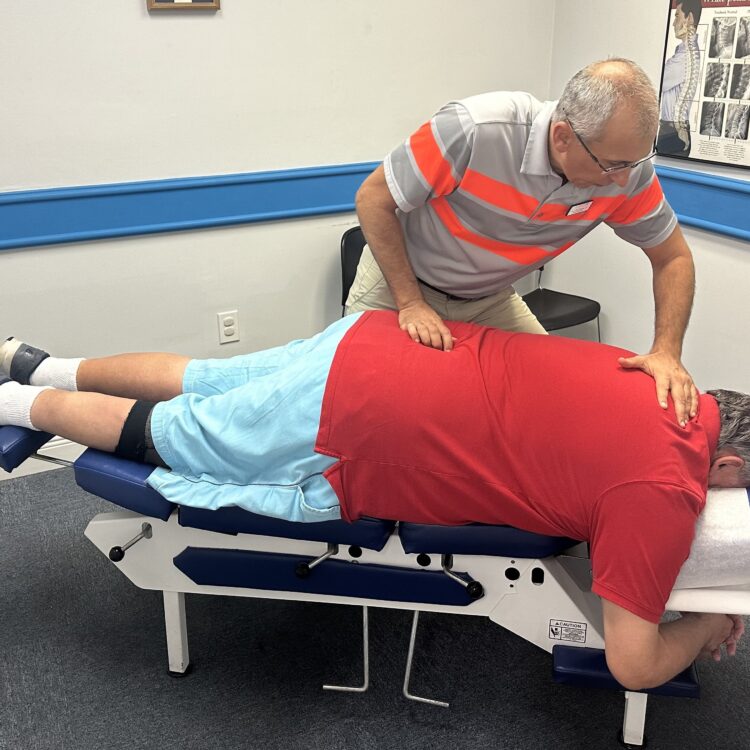Our Techniques
We use a number of gentle chiropractic adjusting techniques to help reduce nerve interference, help correct posture and spinal alignment, and help in nervous system development. The primary adjusting techniques we use include:
Activator Adjusting Instrument
This is the most widely used adjusting tool, that we often use for kids, pregnant moms and all ages. It is a handheld adjusting instrument that provides a consistent, low-force adjustment to specific areas. It is often preferred due to its gentle nature and lack of joint popping. It is an incredibly specific, gentle, and effective form of chiropractic care.
Chiropractic Biophysics®
Chiropractic BioPhysics (CBP) is a specialized, research-based chiropractic technique that focuses on correcting spinal alignment and posture. The key benefits of this technique are structural correction of abnormal curvatures (like forward head posture, scoliosis, or flat cervical curves).
Cranial Adjusting Technique
Cranial adjusting is a specialized form of chiropractic that focuses on the alignment and motion of the cranial bones (in the head) and facial structures. As pediatric chiropractors we find this effective for infants with plagiocephaly (flat spot on the head), torticollis, breastfeeding or latching difficulties, and children with colic and ear infections, and speech and motor development delays.
Diversified
Diversified Technique is the most common chiropractic adjustment method worldwide. It involves hands-on, high-velocity, low amplitude adjustments to specific joints in the spine and pelvis, and extremities (arms and legs). This is the classic chiropractic technique most people think of when they hear the "pop" during an adjustment.
Tonal Technique
Chiropractic tonal techniques focus on the nervous system's tone - it's level of tension, coordination, and energy flow - rather than just bones or joints. As experts in pediatric and prenatal chiropractic, we often use this technique for infants, children and pregnant moms. This technique aims to correct subtle energetic or neurological imbalances in the spine and body, without twisting or popping, using very gentle, light touch adjustments.
Thompson Technique
Thompson Drop-Table Technique, uses specialized adjusting tables with drop pieces to assist in delivering precise, gentle adjustments. The drop-table mechanism allows gravity and momentum to assist the adjustment. It is especially helpful for those in acute pain, seniors and pregnant moms.
Webster Technique
The Webster Technique is a specific chiropractic analysis and adjustment used during pregnancy, especially when baby is breech or transverse. It is a well known technique for supporting the pregnant mom's body's ability to allow the baby to move into the healthy head-down position for birth. It includes reducing any sacral and pelvic misalignments that may be contributing to tension in the uterus that is limiting optimal baby positioning in-utero.
If you or your family have been to a chiropractor before and prefer to be adjusted in a particular way, let us know. We want you to relax, enjoy and fully benefit from your chiropractic care at our center.




Book Online
Please choose the preferred day and time for your appointment. After you schedule, one of our Great Life team members will follow up with you to confirm your appointment.

